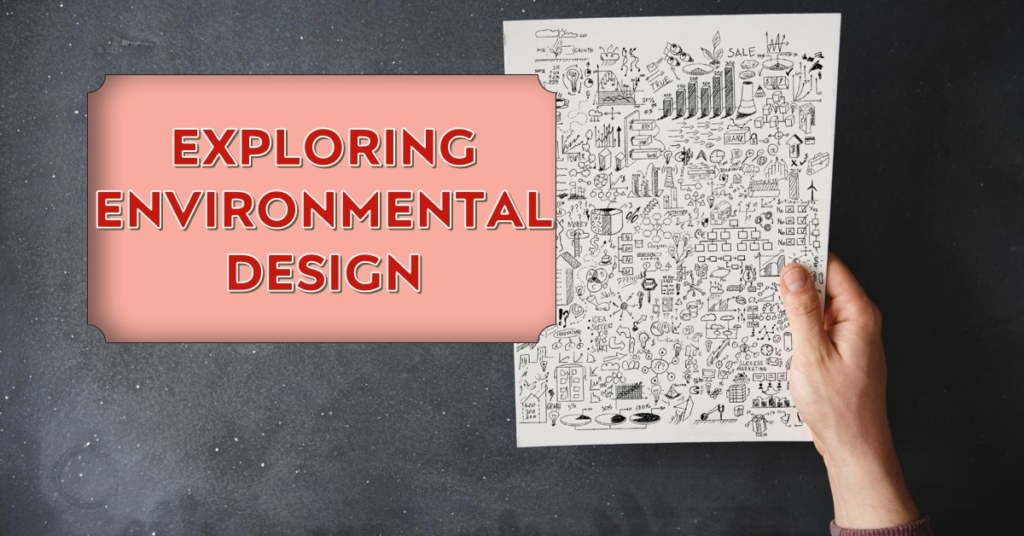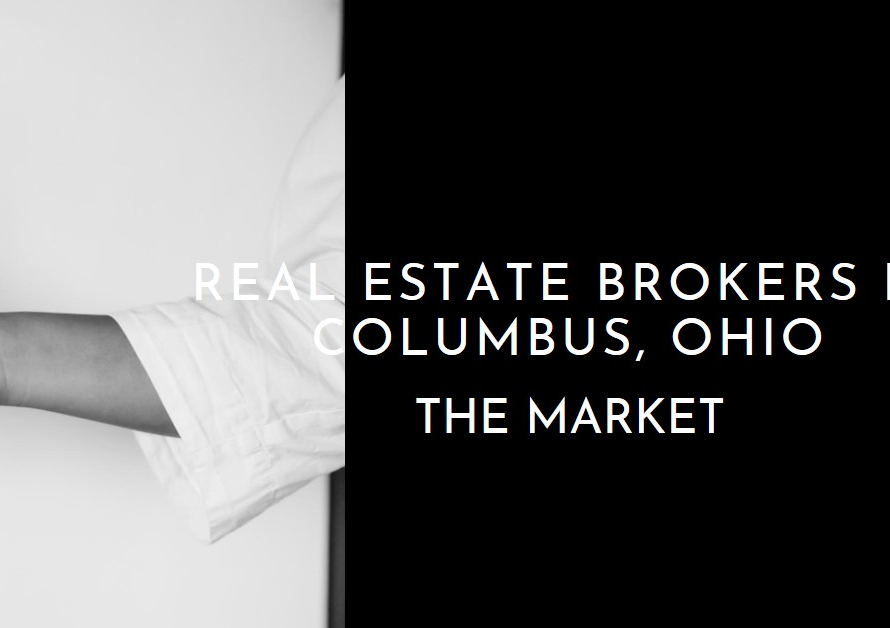
Table of Contents
- Introduction: The Essence of Environmental Design
- The Historical Evolution of Environmental Design
- The Core Principles of Environmental Design
- The Role of Technology in Environmental Design
- Case Studies: Exemplary Environmental Design Projects
- The Economic Implications of Environmental Design
- Challenges and Misconceptions in Environmental Design
- The Future of Environmental Design
- Conclusion: Embracing Environmental Design for a Sustainable Future
Introduction: The Essence of Environmental Design
Environmental design is more than a mere aesthetic pursuit; it embodies the intersection of human needs, ecological sustainability, and built environments. Rooted in the principles of sustainable development, this field prioritizes harmony between nature and human creations. By understanding its scope and implications, we can appreciate how environmental design influences our daily lives and the future of our planet.
The Historical Evolution of Environmental Design
Tracing back to ancient civilizations, environmental design has evolved significantly over the centuries. Early examples include the harmonious integration of structures with natural landscapes seen in Greek and Roman architecture. These societies understood the importance of positioning buildings to maximize natural light and ventilation, showcasing an early appreciation for environmental considerations.
In modern times, the Industrial Revolution marked a turning point. Rapid urbanization and industrialization led to environmental degradation, prompting a shift in perspective. Visionaries like Frederick Law Olmsted and Ebenezer Howard advocated for green spaces and garden cities, laying the groundwork for contemporary environmental design principles. This historical context is essential for understanding the motivations behind today’s sustainable practices.
The Core Principles of Environmental Design
Environmental design is underpinned by several key principles, each contributing to its overarching goal of sustainability. First, the principle of ecological integration emphasizes the need to blend human-made environments with natural ecosystems. This involves using native vegetation, creating green roofs, and ensuring that urban development does not disrupt local wildlife.
Second, energy efficiency is paramount. Designers strive to reduce the energy footprint of buildings through innovative techniques such as passive solar design, high-efficiency insulation, and the use of renewable energy sources. These strategies not only mitigate environmental impact but also lower operational costs.
Additionally, environmental design prioritizes the health and well-being of occupants. This includes ensuring good indoor air quality, abundant natural light, and access to green spaces. By focusing on these principles, designers create spaces that are not only sustainable but also conducive to human health and productivity.
The Role of Technology in Environmental Design
Advancements in technology have revolutionized environmental design, making it more efficient and effective. Building Information Modeling (BIM) allows for precise planning and simulation, enabling designers to optimize energy use and resource management from the project’s inception. This technology facilitates collaboration among architects, engineers, and environmental consultants, ensuring a holistic approach.
Moreover, smart building technologies play a crucial role. Automated systems for lighting, heating, and cooling adapt to real-time conditions, significantly reducing energy consumption. These technologies also enhance the comfort and convenience of occupants, demonstrating that sustainability and modern living can coexist seamlessly.
In addition, innovations in materials science have led to the development of sustainable construction materials. From recycled steel to low-emission concrete, these materials reduce the environmental impact of building projects while maintaining structural integrity and aesthetic appeal.
Case Studies: Exemplary Environmental Design Projects
Examining real-world examples provides valuable insights into the application of environmental design principles. The Bullitt Center in Seattle, often hailed as the greenest commercial building in the world, exemplifies sustainable design. It features composting toilets, rainwater harvesting, and a photovoltaic array that generates all its energy needs, embodying the concept of a self-sustaining structure.
Similarly, Singapore’s Gardens by the Bay showcases how environmental design can transform urban spaces. The project integrates nature into the cityscape, with futuristic Supertrees and climate-controlled conservatories that create diverse habitats. This innovative approach not only enhances biodiversity but also provides recreational and educational opportunities for residents and visitors.
These case studies demonstrate that environmental design is not a theoretical concept but a practical approach that can lead to sustainable and inspiring built environments.


The Economic Implications of Environmental Design
While the environmental benefits of sustainable design are evident, its economic implications are equally significant. Initially, green building projects may involve higher upfront costs due to the use of advanced technologies and sustainable materials. However, these investments pay off in the long run through reduced energy and maintenance expenses.
Moreover, buildings designed with environmental considerations often enjoy higher market value and occupancy rates. Tenants are increasingly prioritizing sustainability, recognizing the benefits of living and working in healthier environments. This shift in demand encourages developers to adopt green practices, creating a positive feedback loop.
Government incentives and regulations further bolster the economic viability of environmental design. Tax credits, grants, and subsidies for green buildings reduce financial barriers, making sustainable projects more attractive to investors and developers.
Challenges and Misconceptions in Environmental Design
Despite its benefits, environmental design faces several challenges and misconceptions. One common misconception is that sustainable buildings are inherently more expensive. While initial costs may be higher, this view overlooks the long-term savings and benefits associated with energy efficiency and reduced maintenance.
Another challenge is the resistance to change within the construction industry. Traditional practices are deeply ingrained, and shifting towards sustainable methods requires education and a willingness to adopt new technologies. Overcoming this inertia is essential for mainstreaming environmental design.
Furthermore, regulatory and bureaucratic hurdles can impede the implementation of innovative design solutions. Streamlining approval processes and providing clear guidelines can help mitigate these obstacles, facilitating the transition to more sustainable building practices.
The Future of Environmental Design
Looking ahead, the future of environmental design is promising, driven by continuous innovation and growing awareness of environmental issues. The integration of artificial intelligence and machine learning in design processes will enable even more precise and efficient resource management. AI can predict environmental impacts and optimize designs to minimize waste and energy use.
Moreover, the concept of biophilic design, which emphasizes human-nature connections, is gaining traction. Incorporating natural elements into built environments not only enhances aesthetics but also improves mental and physical well-being. This approach aligns with the broader goals of environmental design, creating spaces that are both sustainable and nurturing.
As climate change and resource scarcity become more pressing, the role of environmental design will only grow in importance. By embracing these advancements and maintaining a commitment to sustainability, we can create a built environment that supports both people and the planet.
Conclusion: Embracing Environmental Design for a Sustainable Future
Environmental design represents a holistic approach to creating built environments that harmonize with nature and promote human well-being. From its historical roots to its future potential, this field offers a blueprint for sustainable development. By understanding and implementing its principles, we can address the environmental challenges of our time and pave the way for a healthier, more sustainable future.
As individuals, communities, and industries, embracing environmental design is not just an option but a necessity. It requires a shift in mindset and a commitment to innovation and sustainability. By doing so, we can ensure that our built environments enhance rather than detract from the natural world, securing a legacy of environmental stewardship for generations to come.


